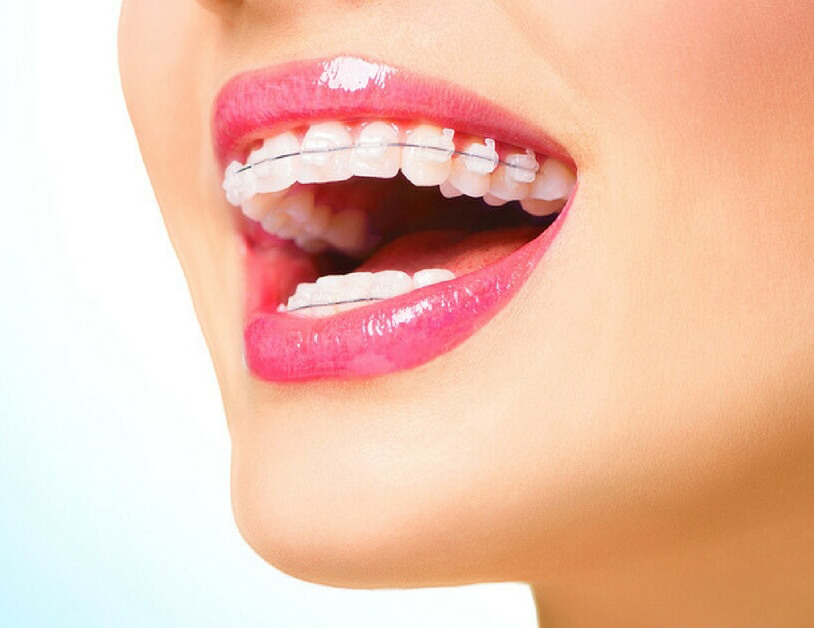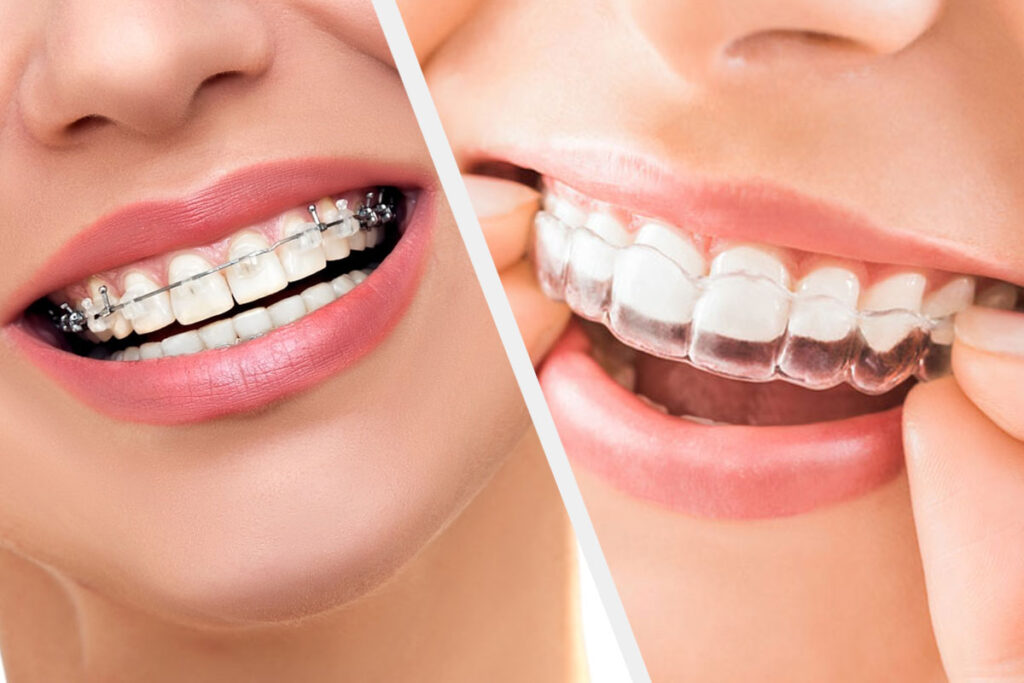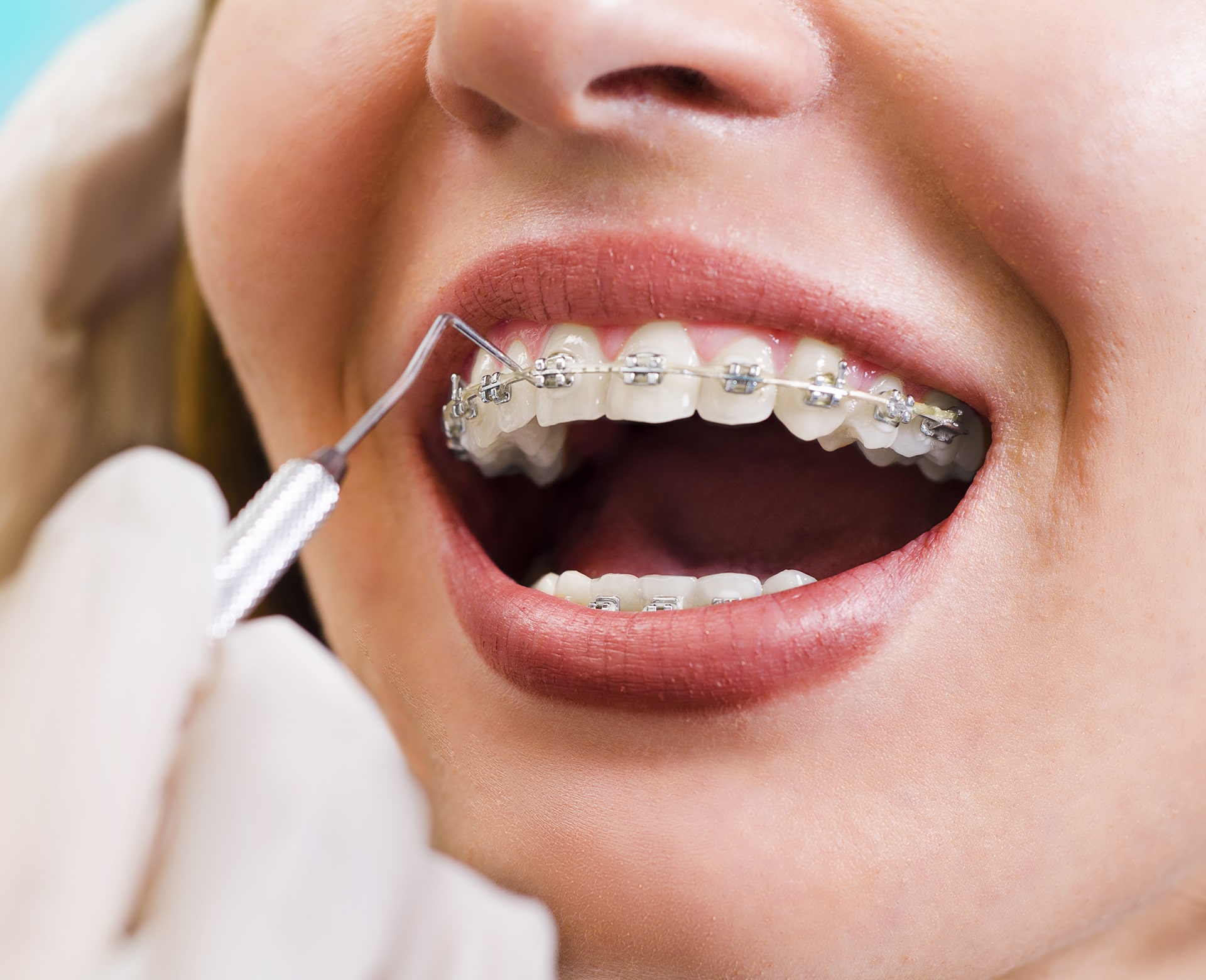Orthodontic treatments, such as braces and clear aligners, are effective in correcting misaligned teeth and improving bite function. However, achieving optimal and lasting results depends on more than just the alignment of teeth—it also requires addressing underlying factors that contribute to dental and jaw misalignment. One such factor is tongue posture in orthodontics. Proper tongue posture plays a pivotal role in enhancing orthodontic outcomes by promoting correct jaw alignment and dental stability. In this article, we’ll explore the significance of tongue posture and how oral muscle training can complement orthodontic treatments.
What Is Tongue Posture?
Tongue posture refers to the resting position of the tongue within the mouth. Ideally, the tongue should rest against the roof of the mouth, just behind the upper front teeth, with the tip lightly touching the palate. This position helps maintain proper dental arch shape, jaw alignment, and oral balance.
When the tongue rests improperly—such as against the lower teeth or pushed forward—it can contribute to a range of issues, including:
- Narrow dental arches
- Open bites or overbites
- Jaw misalignment
- Relapse of orthodontic treatment
How Tongue Posture Affects Orthodontic Results
1. Promotes Stable Jaw Alignment
The tongue is a powerful muscle that influences the position of the jaw and teeth. Proper tongue posture encourages the natural development of a balanced dental arch and proper jaw alignment. Conversely, poor tongue posture can lead to imbalances that affect bite correction and orthodontic progress.
For example, when the tongue rests against the lower teeth, it may contribute to a receding jaw or a narrow palate, which can complicate orthodontic treatments. Maintaining correct tongue posture during and after treatment helps ensure that the jaw remains properly aligned.
2. Prevents Orthodontic Relapse
Relapse occurs when teeth shift back to their original positions after orthodontic treatment. An improperly positioned tongue can exert pressure on the teeth, causing them to move out of alignment. Proper tongue posture reduces this risk by providing natural support to the teeth and arches, ensuring longer-lasting orthodontic results.
3. Supports Nasal Breathing and Facial Development
Proper tongue posture encourages nasal breathing, which is critical for healthy oral and facial development. Nasal breathing ensures that the tongue remains on the roof of the mouth, promoting the expansion of the upper jaw and the proper development of facial structures. This is particularly important in young patients undergoing orthodontic treatments, as it can enhance overall outcomes and reduce the likelihood of requiring further interventions.
The Role of Oral Muscle Training
Oral muscle training, often referred to as orofacial myofunctional therapy (OMT), is a set of exercises designed to retrain the tongue and surrounding muscles to adopt proper posture and function. These exercises are especially beneficial during or after orthodontic treatment, as they address the root causes of dental misalignment.
Benefits of Oral Muscle Training:
- Correcting Dysfunctional Habits: Habits like tongue thrusting, mouth breathing, and improper swallowing patterns can interfere with orthodontic treatment. OMT helps correct these habits.
- Enhancing Orthodontic Efficiency: Combining oral muscle training with braces or aligners can accelerate treatment by supporting the natural alignment of teeth and jaws.
- Improving Speech and Swallowing: Proper tongue posture also enhances speech clarity and swallowing mechanics, which can further benefit overall oral health.
How Orthodontists Address Tongue Posture
1. Education and Awareness
Orthodontists often begin by educating patients about the importance of tongue posture. Visual aids, demonstrations, and consultations with a myofunctional therapist can help patients understand how to position their tongue correctly.
2. Myofunctional Therapy
Orthodontists may refer patients to a myofunctional therapist for personalized exercises aimed at improving tongue posture and oral muscle coordination. This therapy is particularly useful for children and adolescents, as their oral structures are still developing and more adaptable.
3. Tongue-Tie Evaluation
In some cases, a restricted tongue (commonly due to a condition called ankyloglossia or tongue-tie) may prevent proper tongue posture. Orthodontists may recommend a frenectomy—a minor surgical procedure to release the tongue—followed by muscle training to achieve optimal results.
Tips for Maintaining Proper Tongue Posture
- Keep the Tongue on the Roof of the Mouth: Practice resting the tongue against the palate, with the tip just behind the upper front teeth.
- Breathe Through the Nose: Nasal breathing naturally encourages proper tongue placement and supports overall oral health.
- Perform Tongue Exercises: Simple exercises, like pressing the tongue against the roof of the mouth and holding for a few seconds, can strengthen tongue muscles.
- Avoid Mouth Breathing: Be conscious of mouth breathing, especially during sleep. Using aids like nasal strips or consulting a specialist may help.
Proper tongue posture in orthodontics is a crucial yet often overlooked factor in achieving optimal results. By ensuring the tongue rests correctly on the roof of the mouth, patients can improve jaw alignment, reduce the risk of orthodontic relapse, and enhance their overall oral health. Incorporating oral muscle training and addressing dysfunctional habits can further complement orthodontic treatments, leading to stable and lasting outcomes.
Orthodontists and patients alike should prioritize tongue posture as an integral part of the treatment plan to ensure not only straighter teeth but also better-functioning jaws and improved facial harmony.



